#ceratosaurus nasicornis
Explore tagged Tumblr posts
Text
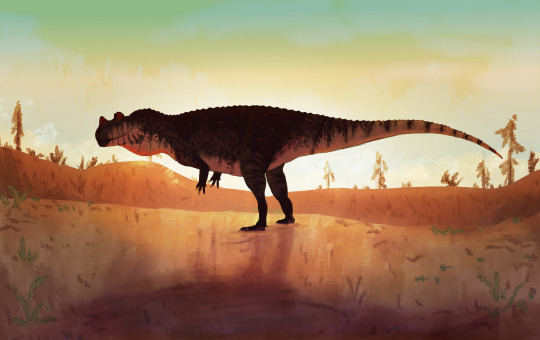
Background practice featuring a Ceratosaurus at early sunset, the background is a bit off but the lighting is okay.
896 notes
·
View notes
Text

A little hatchling ceratosaurus named Juniper, still coated in natal down.
New sweet bby i adopted, designed by thedinosaurmann 🥺🩷🩷
22 notes
·
View notes
Text

Ceratosaurus nasicornis in a Morrison forest at night
Done in procreate at 10 pm with the chalk brush
23 notes
·
View notes
Text
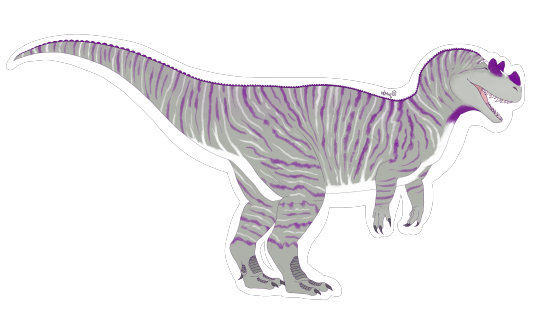
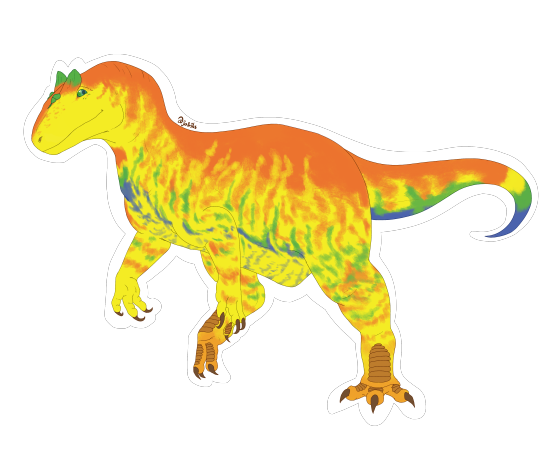
graysexual ceratosaurus & questioning allosaurus !!
they can both be found here ~
#ceratosaurus is kinda underrated tbh i love em#ceratosaurus#ceratosaurus nasicornis#allosaurus#allosaurus fragilis#dinosaur#dinosaurs#theropod dinosaur#theropod#theropoda#jurassic period#late jurassic#paleontology#paleoart#lgbt#lgbtq#lgbtq pride#graysexual#graysexual pride#questioning#questioning pride#digital art#dinosaur art#pride#my art
47 notes
·
View notes
Text
Ceratosaurus Nasicornis & Pentaceratops Sternbergii~✨🦖


#art#digital art#fan art#dinosaur#color#colorful#skull#skull art#fossils#fossil#ceratosaurus#pentaceratops#teropod#ceratopsian#paleoart#paleontology#paleomedia
75 notes
·
View notes
Text
SISTER FORMATIONS: MORRISON, LOURINHA AND TENDAGURU
Back in the Late Jurassic Period, North America, Europe and Africa were next door neighbors.

This is reflected in the similarity of the lithology, and fauna of the rocks. In North America, we have the Morrison Formation, in Europe we have the Lourinha Formation, and in Africa we have the Tendaguru Formation. All of these are contemporaneous or sister formations.
Stratigraphy
The Tendaguru Formation is approximately 177 m thick and broken up into five members: Lower Dinosaur Member (cross-bedded, fine-grained sand and siltstone w/interbedded clay), Nerinella Member (trough cross-bedded and massive sandstone indicating a tidal channels, sandbars and beaches),

Middle Dinosaur Member ( ripple, cross-bedded, fine-grained calcareous sandstone and siltstone and massive to crudely bedded siltstone and claystone indicating tidal flats and lagoons),
Indotrigonia Africana Member (calcite cemented sandstone, conglomerate, thin claystone, and siltstone with sandy limestone indicating tidal and deltaic channels),
and the Upper Dinosaur Member (ripple, cross-bedded, fine-grained sandstone and siltstone with interbedded claystone and micriitic carbonates indicating tidal flats).
The Lourinha Formation is about 200 to 1000 meters thick and is broken into about 5 members: Praia da Amoreira Member (massive mudstone with meter thick sandstone lenses and calcrete layers indicating a meandering river system),
the Porto Novo Member (cross-bedded sandstone indicating a deltaic system), the Praia Azul Member (marl and mudstone indicating brief marine transgression),
and the Santa Rita and Assenta Members (mudstone, caliche, shelly carbonates near the top indicating a landward side of a deltaic system) which are equivalent members from different basins.
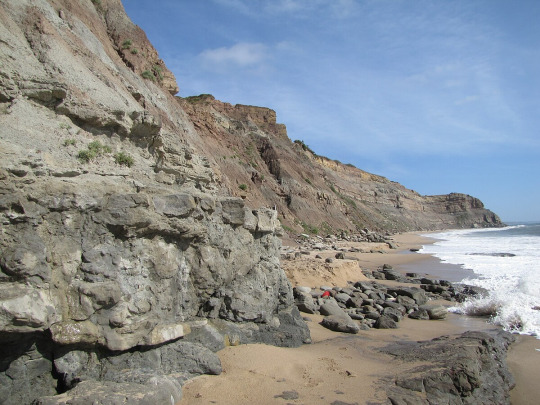
The Morrison, as stated previously, is about 200 m thick and consists of 11 different members. I will not go into detail about them again but it should be noted that the formations are approximately the same thickness and made of primarily sand, silt and mudstone.
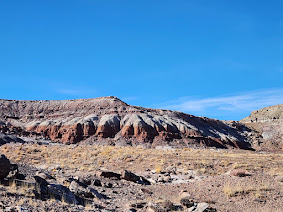
DINOSAURS
Now for the other fun part: the dinosaur fauna. There are some dinosaurs that are shared between two or all of the formations. These include Ceratosaurus nasicornis in the Morrison and a possible Ceratosaurus in the Tendaguru
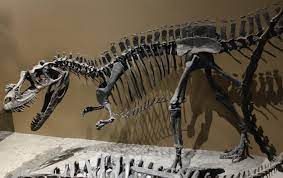
and in the Lourinha, Torvosaurus tanneri in the Morrison, Torvosaurus gurneyi in the Lourinha, and a possible Torvosaurus species in the Tendaguru,
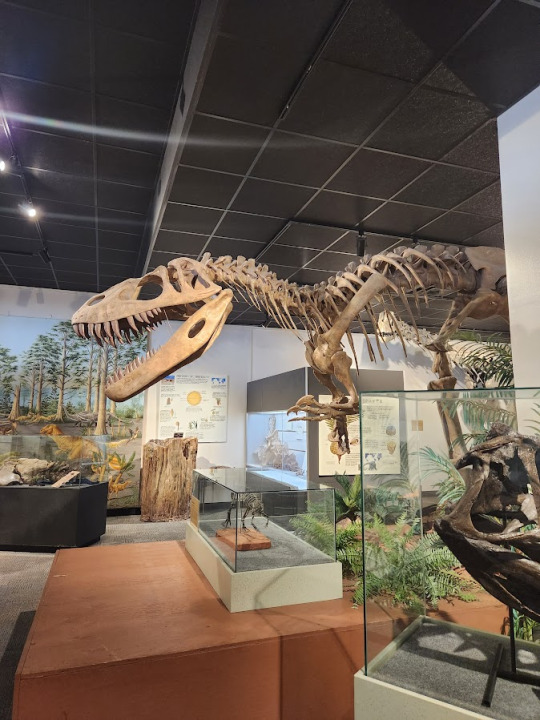
Allosaurus fragilis in the Morrison and Allosaurus europaeus in the Lourinha,

Dryosaurus altus in the Morrison and a possible Dryosaurus species in the Lourinha,

Miragaia longicollum in the Lourinha and possibly Miragaia longispinus in the Morrison. Though if that's true, the genus would be Alcovosaurus because that was named first.

And then there are the dinosaurs that were similar to each other in each formation. Filling in the niche or living alongside Dryosaurus was Dystalotosaurus of the Tendaguru,
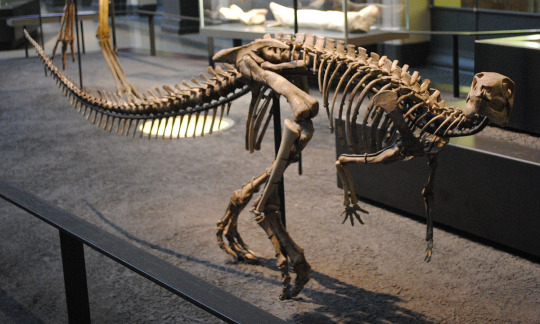
Eudryosaurus in the Lourinha, and Nanosaurus in the Morrison.
There's Draconyx in the Lourinha and Camptosaurus in the Morrison as early iguanodonts.

Kentrosaurus in the Tendaguru, Dacentrurus in the Lourinha and Stegosaurus and Hesperosaurus in the Morrison are the main stegosaurs.
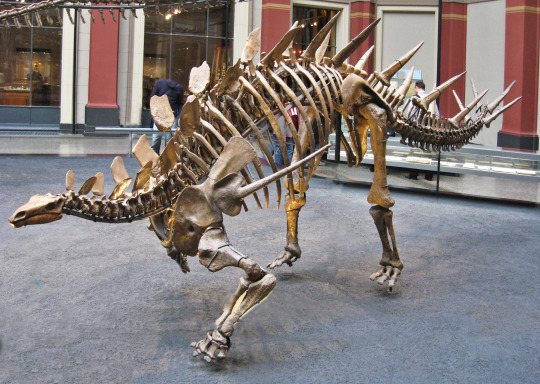
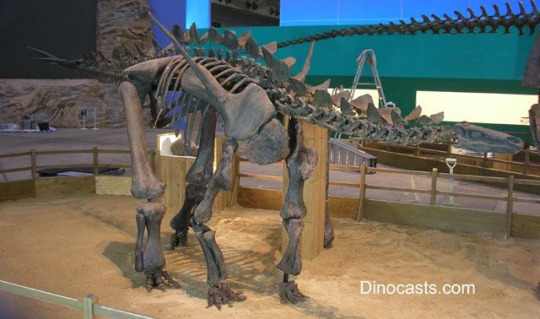

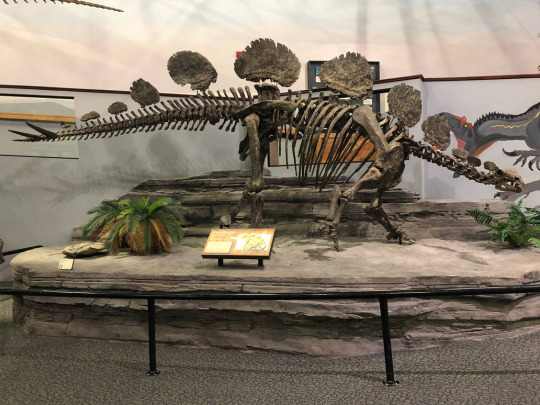
For ankylosaurs, there is Dracopelta in the Lourinha and Mymooropelta and Gargoyleosaurus in the Morrison.

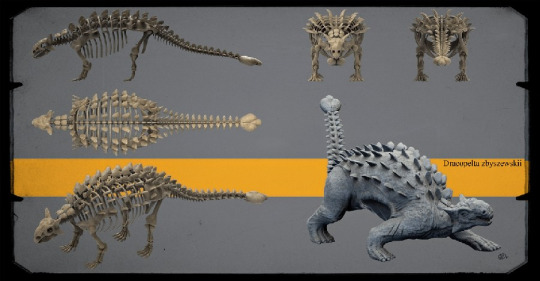
Then there's Dicraeosaurus of the Tendaguru and Suuwassea of the Morrison.

Giraffatitan of the Tendaguru, Lusotitan of the Lourinha and Brachiosaurus of the Morrison all represent brachiosaurs.
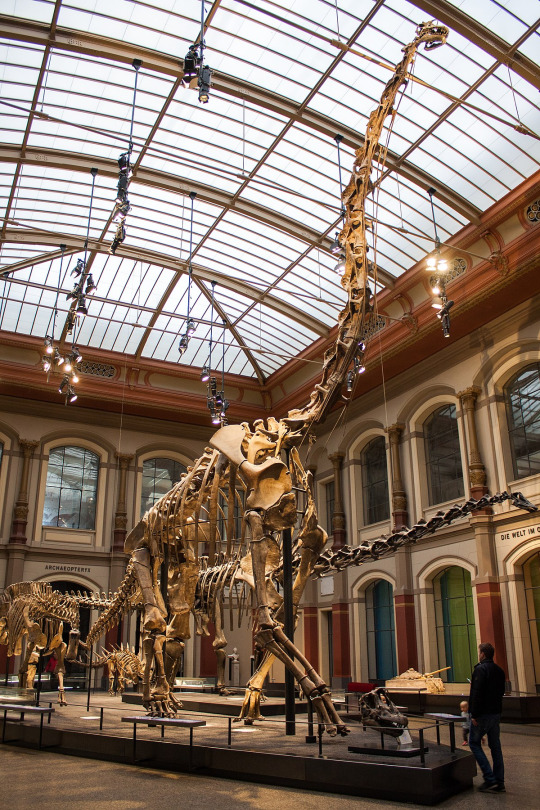
Janenschia of the Tendaguru and Haplocanthosaurus of the Morrison represent early sauropods.
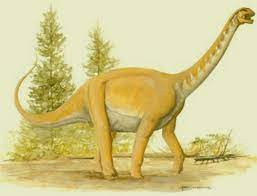
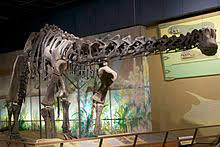
Tendaguria of the Tendaguru and Zby of the Lourinha are even earlier sauropods.
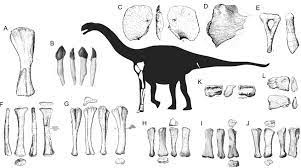
Torneiria of the Tendaguru and Deinheirosaurus of the Lourinha are the diplodocids that match up with the bagillion in the Morrison.
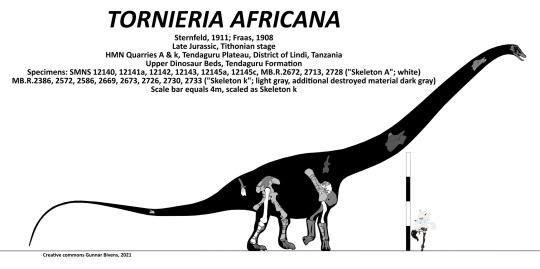
Lourinhasaurus is the camarasaurid representative of the Lourinha.
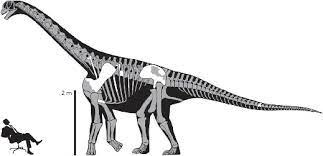
The Tendaguru and the Lourinha have early carcharadontosaurs in the forms of Veteruristisaurus and Lusovenator.
Lourinanosaurus is the European equivalent of Marshosaurus in the U.S.

And Elaphrosaurus of the Tendaguru is the small to medium-sized equivalent of Tanycoalgreus in the Morrison.
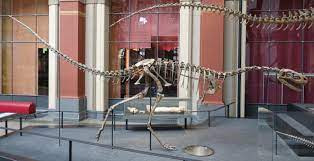

This was a ton of info so if you want it more broken down, message me! I am happy to walk you through it all! Enjoy your weekend!
#paleontology#dinosaur#fossils#geology#lithology#north america#europe#africa#morrison formation#lourinha formation#tendaguru formation#science#allosaurus#torvosaurus#ceratosaurus#stegosaurus#brachiosaurus#giraffatitan#miragaia#kentrosaurus#dacentrurus#mymooropelta#dracopelta#gargoyleosaurus#dryosaurus#sandstone#mudstone#limestone#siltstone#stratigraphy
143 notes
·
View notes
Text

Skull of Ceratosaurus nasicornis from A Guide to the Fossil Reptiles and Fishes in the Department of Geology and Paleontology in the British Museum (Natural History), 1896.
8 notes
·
View notes
Text

Portrait of Ceratosaurus nasicornis specimen MWC 1 (2021).
16 notes
·
View notes
Text
Patreon request for @/rome.and.stuff (Instagram handle) - Saurophaganax maximus

Saurophaganax maximus was an allosaurid from Late Jurassic Oklahoma, USA. Reaching 10.5 metres (34 ft) in length and weighing 2.7–3.8 metric tons (3.0–4.2 short tons), it was the largest terrestrial carnivore in North America during the Late Jurassic, bigger than both its contemporaries Torvosaurus tanneri and Allosaurus fragilis. Some scientists argue that it was in fact a species of Allosaurus (making it “Allosaurus maximus”), but possible Saurophaganax material found in New Mexico may shed light on the genus. With a name meaning "lord of lizard-eaters", it was likely the apex predator of its environment.

Found in the Brushy Basin member of the Morrison Formation, Saurophaganax would have had a multitude of prey species to choose from. These ranged from small ornithischians like Camptosaurus, Dryosaurus, and Fruitadens, armoured thyreophorans like Gargoyleosaurus, Mymoorapelta, Hesperosaurus, and Stegosaurus, to a diverse array of giant sauropods like Haplocanthosaurus, Amphicoelias, Apatosaurus, Brontosaurus, Barosaurus, Diplodocus, Kaatedocus, Supersaurus, Brachiosaurus, and Camarasaurus. Small theropods included Coelurus, Hesperornithoides, Tanycolagreus, and Ornitholestes.
The Morrison didn’t only have a large diversity of dinosaurs. Many pseudosuchians lived alongside Saurophaganax, from the skittering, long-legged Hallopus to the more aquatic Amphicotylus. Pterosaurs were uncommon but widespread, and included rhamphorhynchids like Harpactognathus and ctenochasmatids like Kepodactylus. Other reptiles like rhynchocephalians, lizards, basal snakes, and turtles were common as well. Many cynodonts, mostly early mammals, also called the Morrison home.
The Morrison Formation was also rife with other large predators that could have been either competitors or prey to Saurophaganax themselves. These include the previously mentioned Allosaurus and Torvosaurus, as well as the smaller Ceratosaurus nasicornis and Marshosaurus bicentesimus. As Allosaurus seemed to be the most numerous predators in this formation, they may have been successful pack hunters while Saurophaganax was more of a “lone wolf.” Its remains are much rarer than that of its smaller, lither cousins, and it was likely an opportunistic scavenger and hunter, needing much more food to power its larger frame.

This art may be used for educational purposes, with credit, but please contact me first for permission before using my art. I would like to know where and how it is being used. If you don’t have something to add that was not already addressed in this caption, please do not repost this art. Thank you!
#Saurophaganax maximus#Saurophaganax#allosaurid#allosauroid#theropods#saurischians#dinosaurs#archosaurs#archosauromorphs#reptiles#SaritaDrawsPalaeo#Morrison Formation#Late Jurassic#North America
16 notes
·
View notes
Text
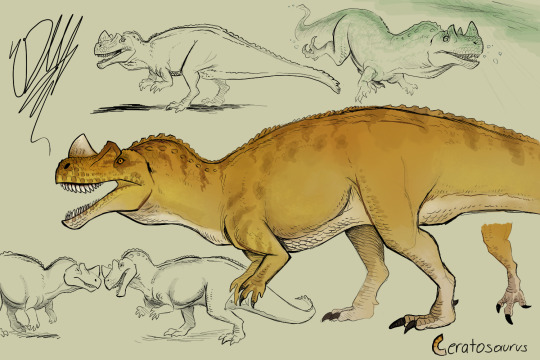
Amphibious Ceratosaurus design for a friend's project about mutant dinosaurs.
The Ceratosaurus present on the tour have garnered a nasty case of hunchback posture due to their ambush-dependent life style, which proves to be effective with their sabre-esque teeth piercing the vital areas of vulnerable meals. Fortunately this mutation is subsided by their adaptive ability to swim in rivers, lagoons, and other bodies of water. Their frog-like coloration allows for camouflage in sun-tinted waters, preventing fish and other dwellers from noticing such a behemoth. Each Ceratosaur is armed with webbing in between their toes, allowing for a more powerful kick through their aquatic territory.
---- Artist Commentary ----
Wooo, this was a fun design, terribly sorry for the lack of proper art in my recent posts. I've been backed up with college and work, but I finally got this design to (digital) paper! The design was a mix between retro and modern depictions of Ceratosaurus nasicornis, featuring pebble like skin, a hunched posture, along with a lean frame as seen in modern reimaginings of the Morrison Menace. There's also the inclusion of the preposterous aquatic ceratosaur theory to give it that slightly bizzare edge.
#art#artists on tumblr#artwork#dinosaur#doodle#sketch#paleoart#creature#creature design#monster#creature art#dinosaurs#concept art#retrosaurs#mutant dinosaur#ceratosaurus#theropod#theropoda#carnosaur#amphibious#spec evo
39 notes
·
View notes
Text

Ceratosaurus nasicornis & Marshosaurus bicentesimus
2 notes
·
View notes
Text
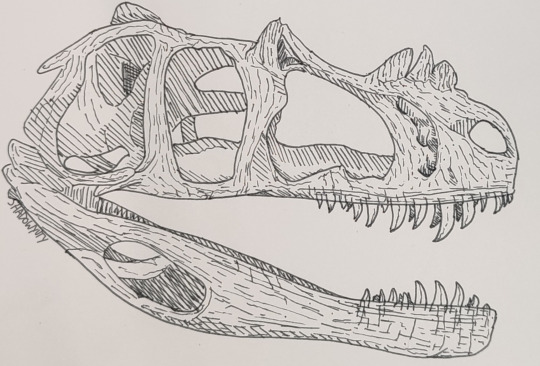
A fineliner sketch of a Ceratosaurus skull. Haven't really sketched the skull only of anything before but for a first sketch of a dinosaur skull i think its okay.
252 notes
·
View notes
Text
youtube
Animatronic Ceratosaurus nasicornis, Dinosauria, Oulu, Finland
11 notes
·
View notes
Text

Ceratosaurus (Dari Bahasa Yunani Cerato bertanduk,dan sauros kadal) merupakan dinosaurus Theropoda pemakan daging dari periode Jura Akhir (Kimmeridgium sampai Tithonium). Genus ini pertama kali dijelaskan pada tahun 1884 oleh ahli paleontologi Amerika Othniel Charles Marsh berdasarkan kerangka yang hampir lengkap yang ditemukan di Garden Park, Colorado di bebatuan Formasi Morrison. Spesies tipenya adalah Ceratosaurus nasicornis.
0 notes
Text
If I may add some cool info about this cool-ass dino, Carnotaurus was a member of a group of theropod dinosaurs called the abelisaurs, and while it may be the only one confirmed to have keratin sheaths on its horns, it was by no stretch the only one to have weird lumps and bumps on its head. Just look at Majungasaurus crenatissimus, from Madagascar (photo credit : ДиБгд, on the wikipedia page for Majungasaurus)

Look at that lumpy-ass noggin! (The dinky little horn may have been a horn, as in the picture, or just a tiny ossified skull-cap)
Oh, but that’s not all. These guys ranged across Gondwana throughout the Late Jurassic and Cretaceous, but based on current research, they were part of a much larger group, which went even further back, called the Ceratosauria, a group whose name means “Horned Lizards”, and includes the group’s eponym, Ceratosaurus nasicornis, which literally mean “The Horned Lizard with a Horn on its Nose.” And these guys, at least in the Jurassic, ranged across Europe and North America, too!

Just look at that big horny guy! (Artist credit Gregory S. Paul)
So, my brother and I watched Dinosaur (2000) relatively recently, and besides the fact that it's a bad movie with horrendous character design, one thing pissed him off more than anything else: the movie's use of the word "carnotaur".
Now, to him, this word was just an infuriating attempt at saying "carnivore", which in context, makes sense. What neither he nor I knew at the time is that this is not the case. Carnotaurs are real dinosaurs. And they're really cool.
Carnotaurus sastrei, the only one of its genus, is one of the few dinosaurs we have with some of its skin preserved. We know from those preservations that it had scales, which is one of the things we assume generally about dinosaurs that we have very little evidence for. Carnotaurs also were the only known carnivorous dinosaurs with horns, which is why it's named after a bull. The other half of its name (carno-) means "meaty", and even just looking at the skeleton, you can tell that it was one THICC ASS BOI.

I'm at least 90% certain this motherfucker looked like a sausage with teeth and thighs. We all clown on the T-Rex for its tiny arms, but look at this motherfucker. We're talking whale pelvis levels of vestigial here.
Another cool thing is that geographically, the movie having these as the main hunters makes more sense than having Tyrannosaurs. T-rex lived in what is now North America, whereas these death bratwurst lived in South America. We know that the asteroid that caused the extinction of the dinosaurs landed in the Gulf of Mexico, and given that we see in the movie that very asteroid hit the earth, I don't think it takes place in what would one day become California.
All this to say, Elliot, I know more about dinosaurs than you. Suck it.
#nature#paleontology#dinosaurs#carnotaurus#majungasaurus#ceratosaurus#abelisaurs#ceratosauria#nature sure loved her some pointy bois
232 notes
·
View notes
Text

Ceratosaurus Nasicornis~✨🦖
9 notes
·
View notes